Opinion: What Can Mainline Pokemon Games Learn From Spin-Offs Like Arceus, Go, And Colosseum

When Pokémon Scarlet and Violet were announced, it was confirmed the upcoming mainline series entries would be “an open-world game that players of any age can enjoy,” seemingly taking inspiration from the recent Pokémon: Legends Arceus.
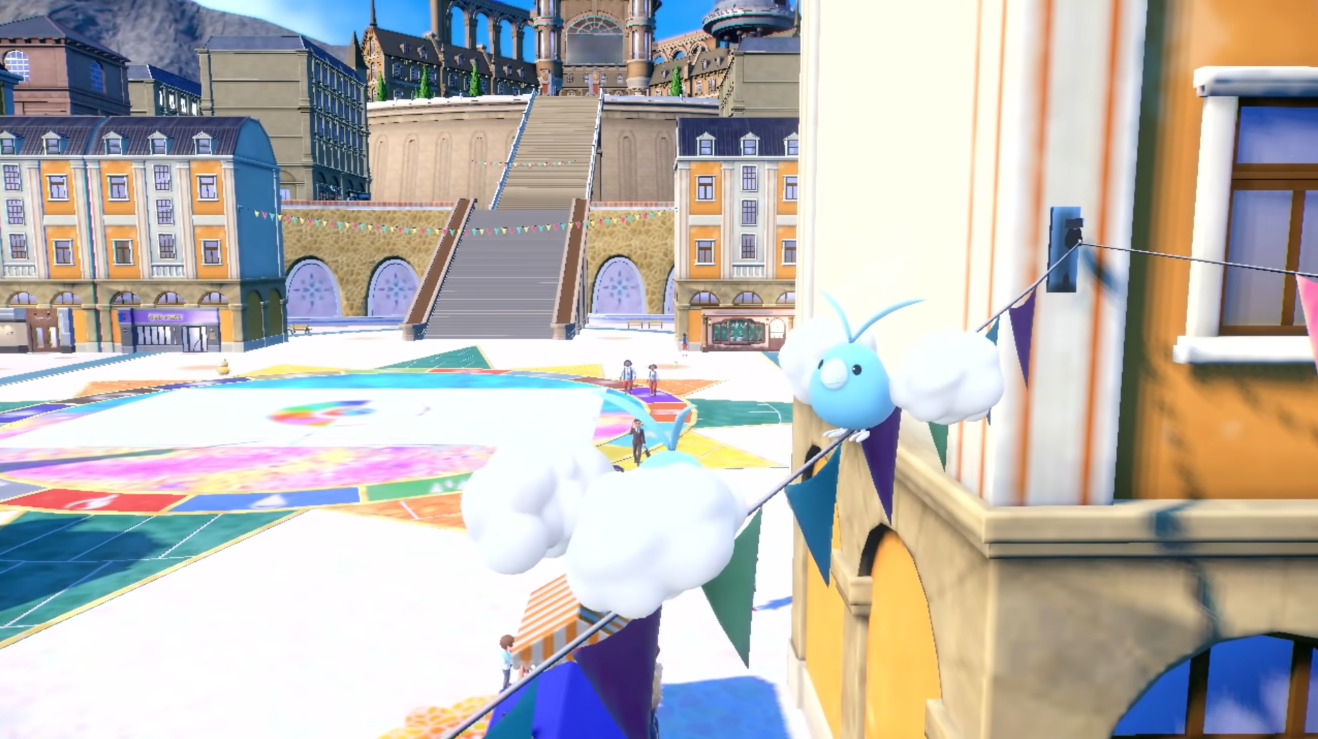
Source: Pokémon Scarlet and Violet (2022), Nintendo
RELATED OPINION: Fantastic Animated Bidoof Short Begs The Question, Why Can’t Pokémon Always Be This Good?
This apparent borrowing of the recent spin-off’s core identity prompted a few questions about the series.
Namely, what could mainline Pokémon games learn from their spin-offs, and could it help stem many of the series’ major critiques and issues?

Source: Pokémon Sword and Shield (2019), Nintendo, The Pokémon Company
First up, some ground rules. This isn’t a wishlist of features and mechanics, pitched with no regard for developer capability or budget.
By pulling concepts from spin-off titles, I propose they would be easier to implement and improved upon, especially those borne from games that tried to meld their unique gameplay with elements from the mainline series.

Source: Pokémon Legends: Arceus (2022), Nintendo, The Pokémon Company
Some spin-off concepts have even proven themselves already.
Fans were hoping the open-world elements of Pokémon Legends: Arceus would come to mainline games, and Scarlet and Violet seem to be doing just that.
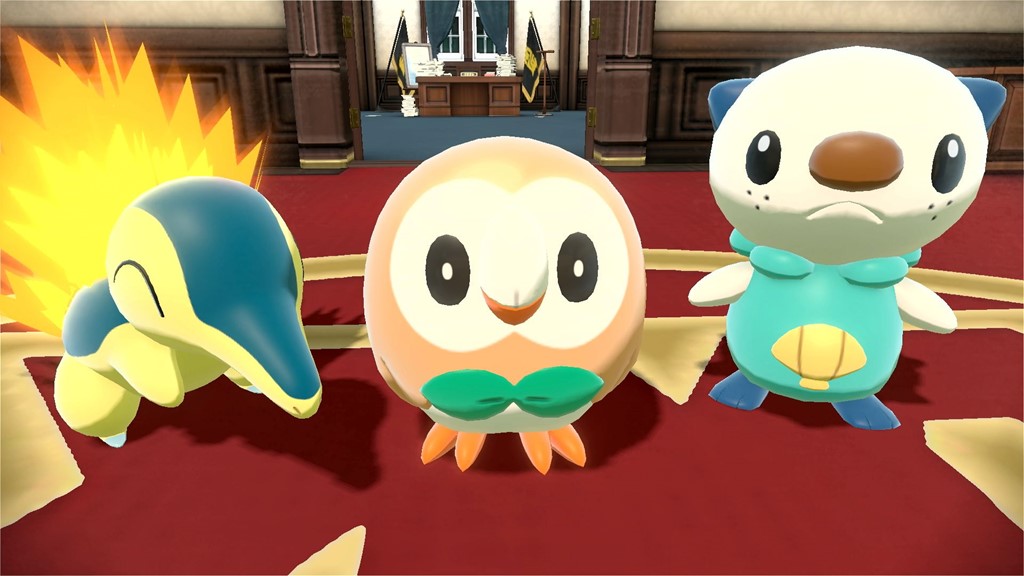
Source: Pokémon Legends: Arceus (2022), Nintendo, The Pokémon Company
RELATED: Pokemon Fans React To New MOBA Game ‘Pokemon Unite’ – Take Issue With Chinese Involvement
I had even joked with fellow Pokémaniac and Bounding writer Spencer Baculi that Legends was a paid proof-of-concept or beta for the next generation.
We also agreed the series needed “a good long year to set up more pieces,” rather than continue to suffer their issues- albeit, profitably.

Source: Pokémon Sword and Shield (2019), Nintendo, The Pokémon Company
Yes, despite being part of a franchise that has pulled in more money than Star Wars and Marvel, it seems the main series of games has caused a divide among fans.
So, what exactly is wrong? The money from that success may be part of the reason.
I have no doubts that greater income and profit means there’s – somewhat paradoxially- less room for risk. Investors want more for less, and the mainline games have continued to sell gangbusters despite other criticisms.
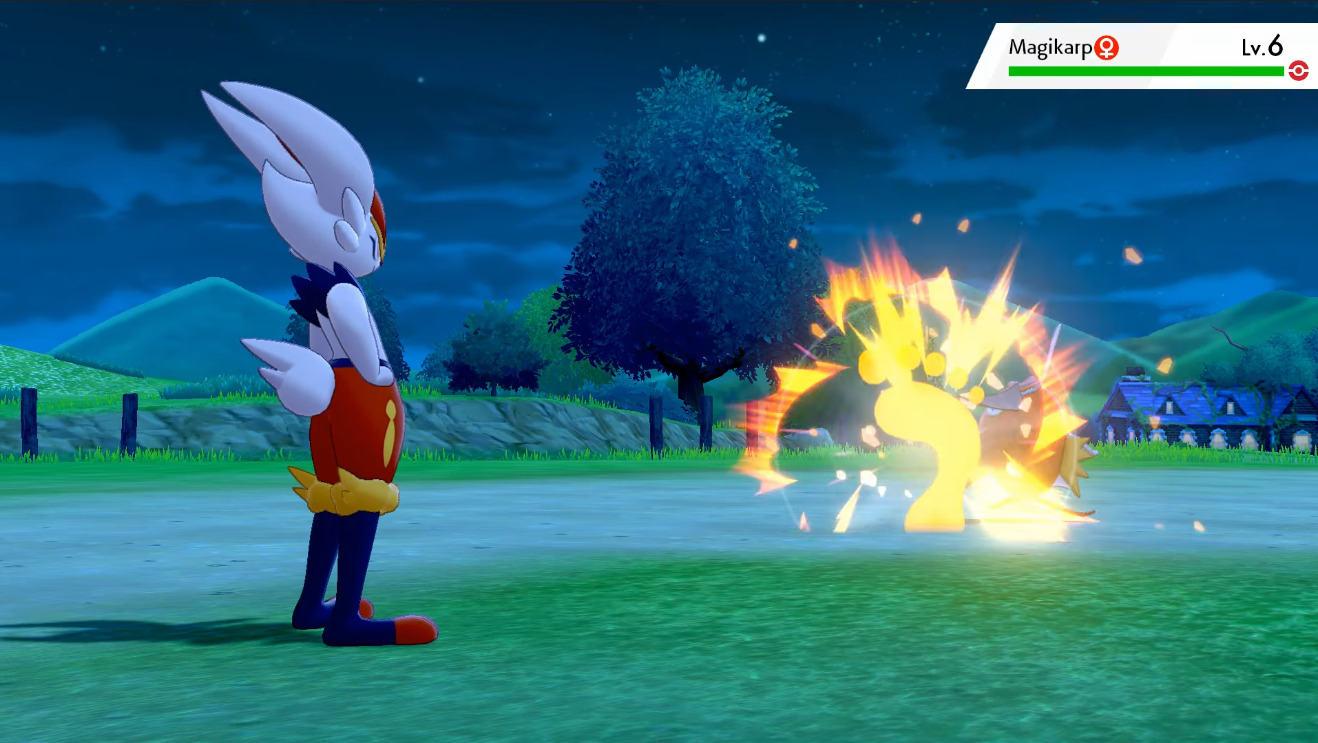
Source: Pokémon Sword and Shield (2019), Nintendo, The Pokémon Company
Nonetheless, these criticisms usually center around a perceived lack of time, budget, or skill in crafting the games.
All three impact the others, and have manifested in poor graphics, a lack of challenge, and the gameplay formula feeling dated in several places.
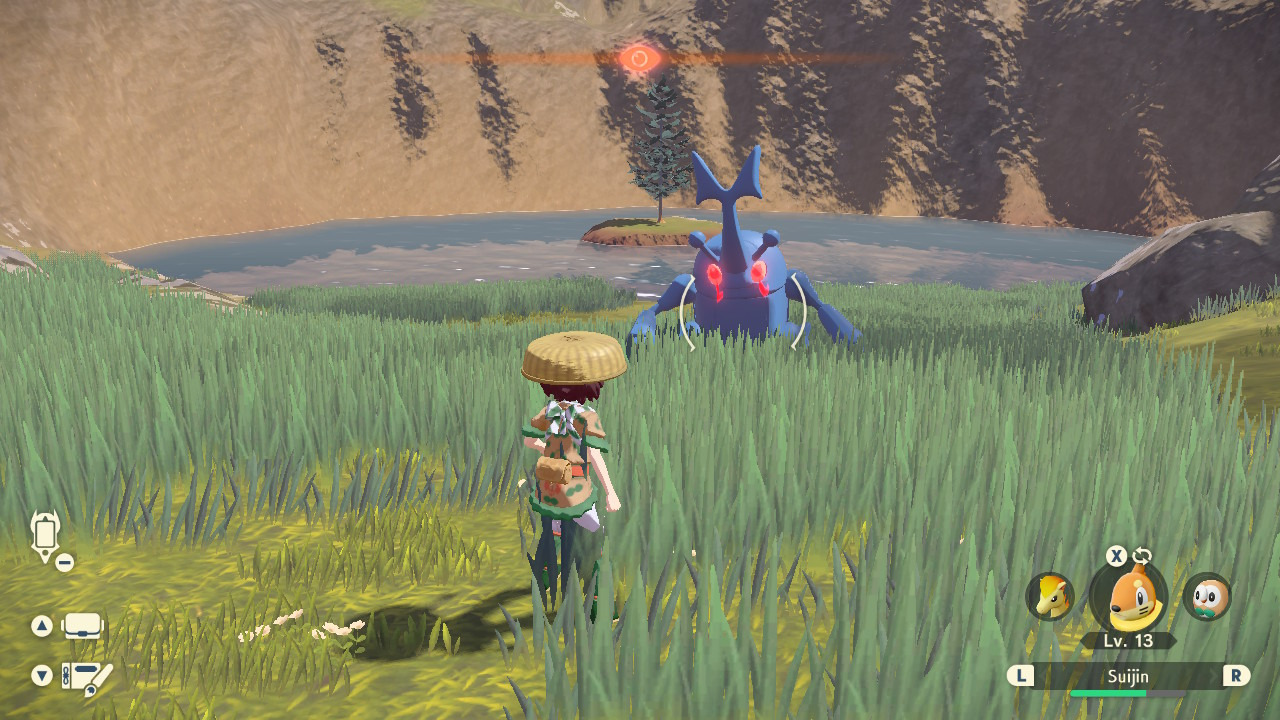
Source: Pokemon Legends: Arceus (2022), Nintendo
Delays make investors unhappy, and no news is bad news. Yet, Legends showed faint promise of what Game Freak could do when they aren’t afraid- or need- to step outside the box.
So let’s delve into the series’ spin-offs to see if there are any seeds which can be nurtured to make Pokémon play a little more like the $100 billion franchise it is.
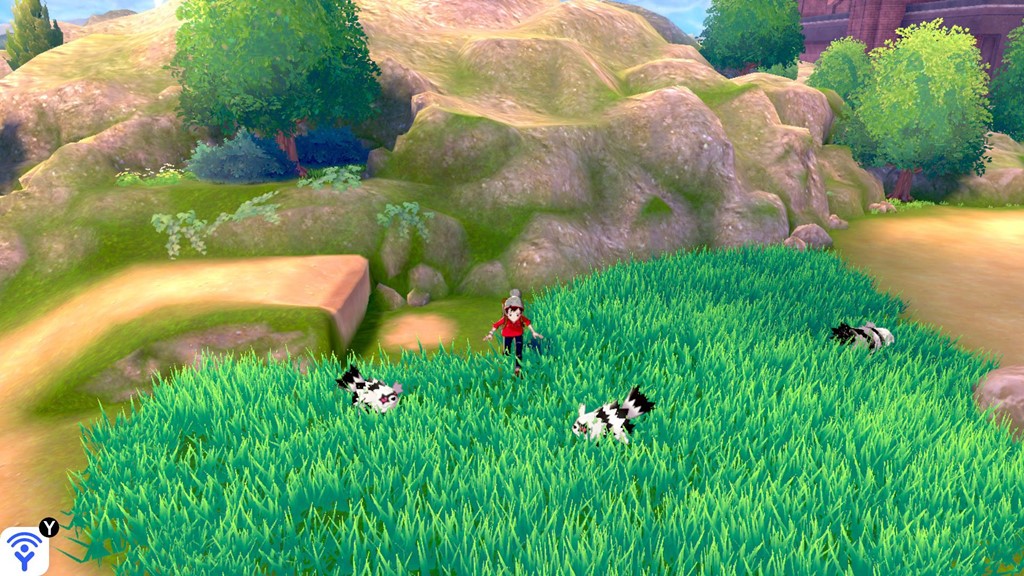
Source: Pokémon Sword and Shield (2019), Nintendo, The Pokémon Company
Make Catching Great Again
You gotta catch ’em all. Why? Seems like a silly question for a monster-catching RPG. Even if you want to collect, the issue comes from the fact you don’t need to collect.
The reasons to catch a Pokémon boil down to a few things. You want to use it in battle, as breeding stock to make a prize-fighter, or as a temporary solution to dealing with opposing Types when the situation arises.
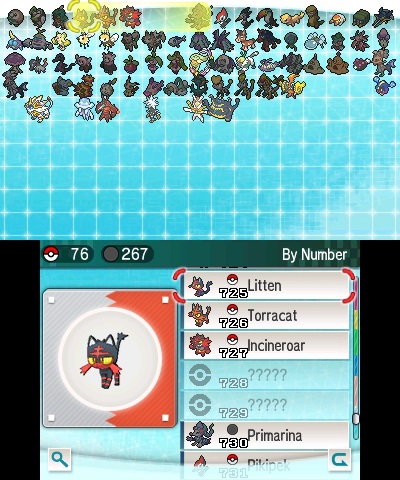
Source: Pokemon Bank (2014), Nintendo
Beyond the above, and especially now that HMs seem to be a thing of the past, there’s technically no reason to catch other Pokémon. Even filling out your Pokédex only earns you an in-game certificate and a slight boost to how often shinies appear.
Likely inspired by Pokémon Go, Legends: Arceus utilized Research Missions to circumvent this lack of motivation.
Catching and battling multiple species of Pokémon again and again not only nets you cold hard cash, but increases your Rank to control higher level Pokémon (as Gym Badges do).
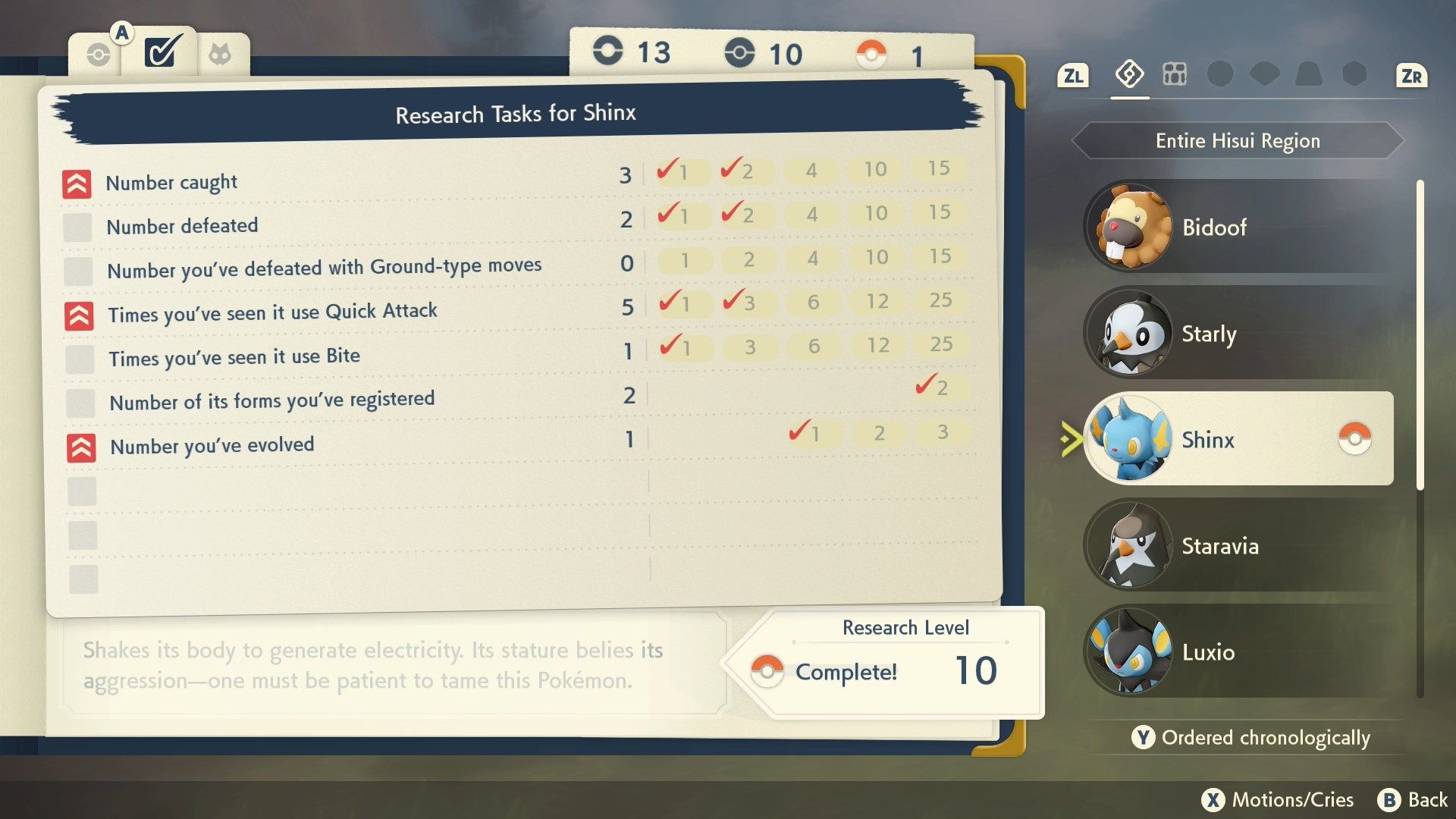
Source: Pokémon Legends: Arceus (2022), Nintendo, The Pokémon Company
As you nab more Pokémon, there are naturally more chances of finding something with decent stats. Legends also introduced wild Pokémon dropping items after being defeated – yet another element that makes seeing the battle through worthwhile.
Even Pokémon you ‘throw away’ are useful. Just as Pokémon Go has you sending excess Pokémon off to the professor for species-specific candy, releasing Pokémon in Legends: Arceus earns you items that can be used to improve your Pokémons’ stats.

Source: Pokémon Legends: Arceus (2022), Nintendo, The Pokémon Company
All of the above adds up to make training Pokémon easier, prevent over-leveling, and net you items and cash, all of which encourages you to catch and fight more Pokémon. Based on these outcomes, this feature could easily be expanded.
For example, completing Research Missions based around a certain Pokémon could slowly unlock information you’d usually only get online or through extensive experimentation, such as what moves a Pokémon can learn leveling up or via breeding, how it evolves, more clarity on what its default base stats are.

Source: Pokémon Scarlet and Violet (2022), Nintendo
Such research could in turn result in your Pokédex functioning like Pokémon Mystery Dungeon: Rescue Team DX’s full blown encyclopedia, which provides the finer details of moves, effects, status effects, and more.
These missions could also teach the player other mechanics not readily explained or reward useful items – “You’ve fought 15 times in rain, did you know Thunder and Hurricane never miss when it rains?” “Here’s a Thunder Stone to evolve that Pikachu now you’ve done most of its missions.”
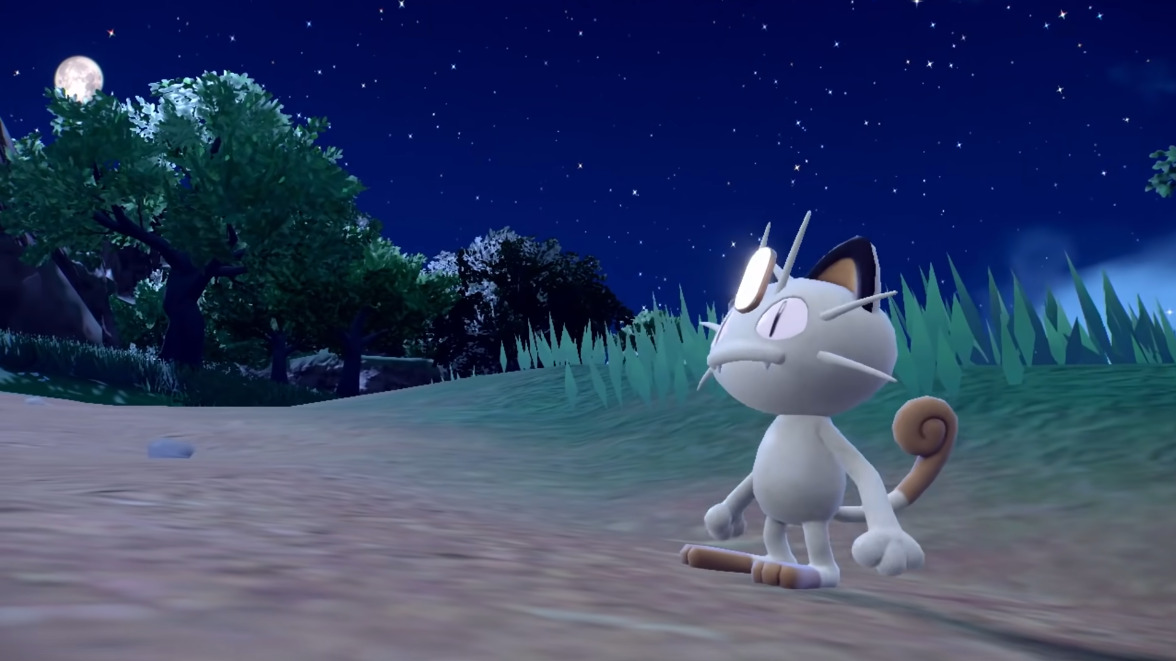
Source: Pokémon Scarlet and Violet (2022), Nintendo
Rather than having wild Pokémon drop a single item, it also wouldn’t be unreasonable to have them drop a handful in most cases, with players able to stumble upon on its stash in the tall grass or dirt. Mainline games already had Pokémon holding items thematic to them, and this could be applied here.
Pokémon that love shiny objects could hoard items of high resell value, those who dig or eat gems holding onto evolution stones, gluttons having a cache of berries, and so on. Even if you don’t want to complete Research Missions, this would make Pokémon hunting somewhat beneficial regardless.
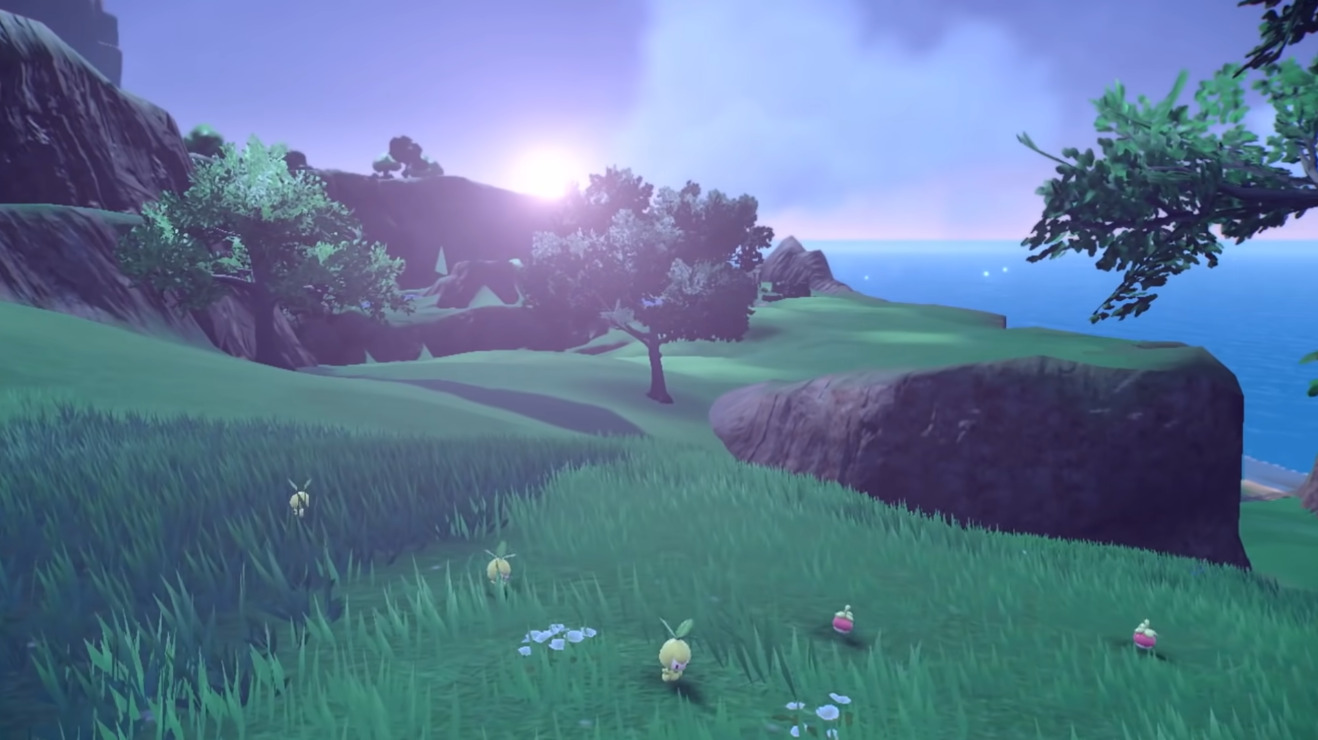
Source: Pokémon Scarlet and Violet (2022), Nintendo
This concept could also effect mechanics such as mass outbreaks and chain encounters, allowing players to earn even more benefits from engaging in them – the latter already improving the stats of what you catch, the higher you chain. In fact, why not make it easier to find a particular species with better stats as you complete more its Research Missions?
You wouldn’t just be getting a wild Pokémon. You’d get cash, items, and progress that ultimately got you something else you may desire later on, just like other RPGs with their side-quests.

Source: Pokémon Scarlet and Violet (2022), Nintendo
Combined with item crafting (again from Legends, and to a lesser extent Sword and Shield), catching and fighting an ‘undesired’ wild Pokémon could thus feed into many different avenues and make building a winning team easier. Rewards feed into other rewards, for many little victories.
Just make sure spamming Pokéballs isn’t as viable as it is in Legends.
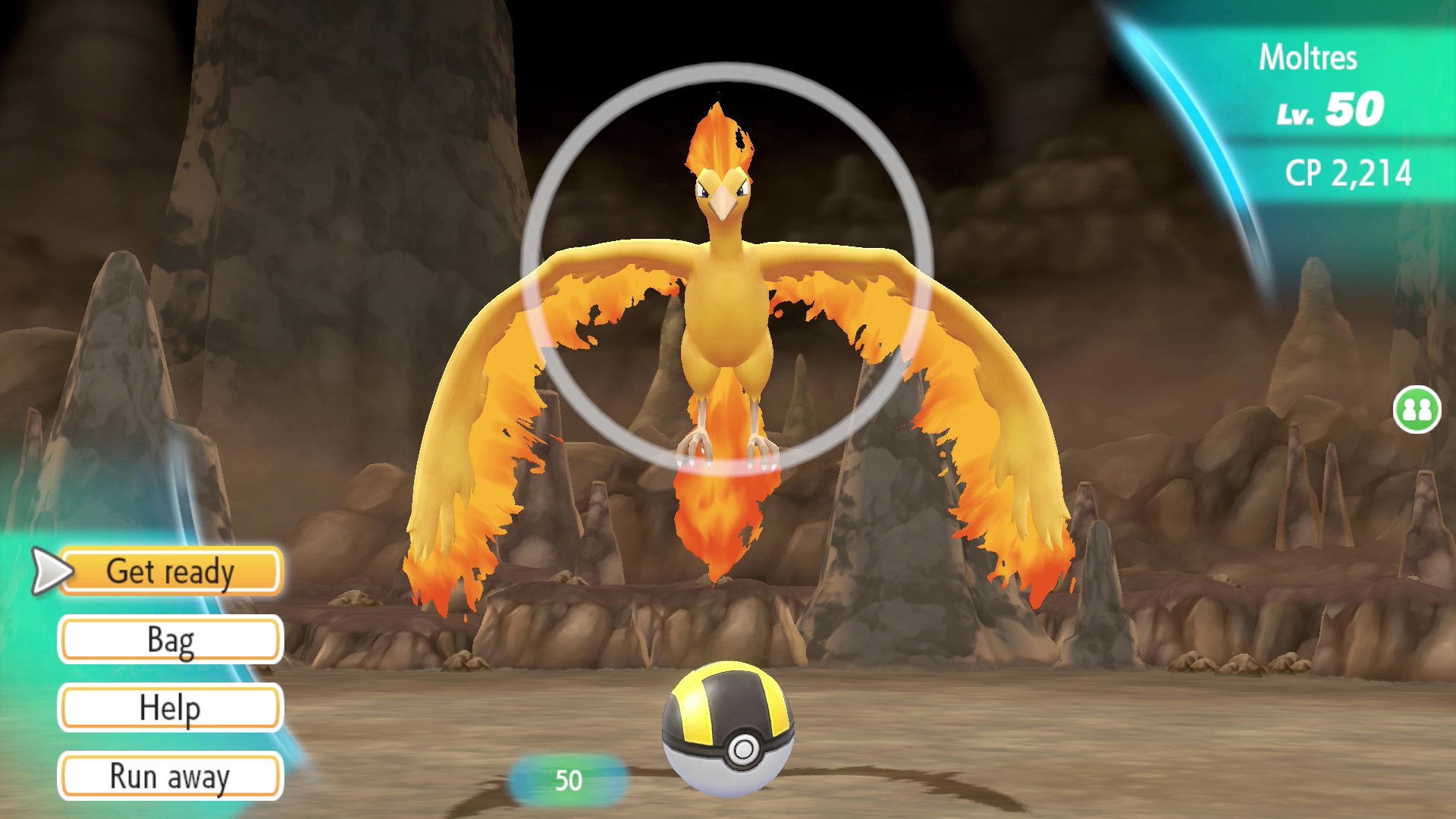
Source: Pokémon: Let’s Go, Pikachu! and Let’s Go, Eevee! (2018), Nintendo, The Pokémon Company
Nobody Puts Baby in the Ball
Maybe even with all this, the act of catching Pokémon has grown dull. Lower its HP, use a status effect to make it easier, then hurl balls and pray – all to tilt the game’s RNG in your favor.
That RNG means that while it’s (barely) possible to catch full-health Legendaries with a single Pokéball, you can also wind up hurling over 40 balls of multiple strengths to no avail. Optimal conditions don’t guarantee success.

Source: Pokémon Go (2016), Niantic
RNG is a bane, but also part of the turn-based RPG backbone. Even if my earlier proposals would make catching Pokémon desirable, they would do little to make the act of spending hours tracking down spawns and waiting for a particular species to appear any less tiresome.
It’s no surprise Pokémon Go’s moreish and simplified mechanics were welcomed, despite them being introduced in a free mobile game with (arguably) Skinner box elements.
Likewise, Legends managed to make the act of catching Pokémon fun in bursts, no matter how far you’ve gotten through the campaign.

Source: Pokémon Legends: Arceus (2022), The Pokémon Company, Nintendo
I’m the last person to recommend action elements to ‘fix’ turn based RPGs, but Legends’ somewhat open world and approach to catching was a breath of fresh air.
Using items to distract, daze, or sneak up on Pokémon made the whole process feel more involved – same with deciding what Pokémon of your own to battle with as the Hisuan wild reigned down terrible fury on you.
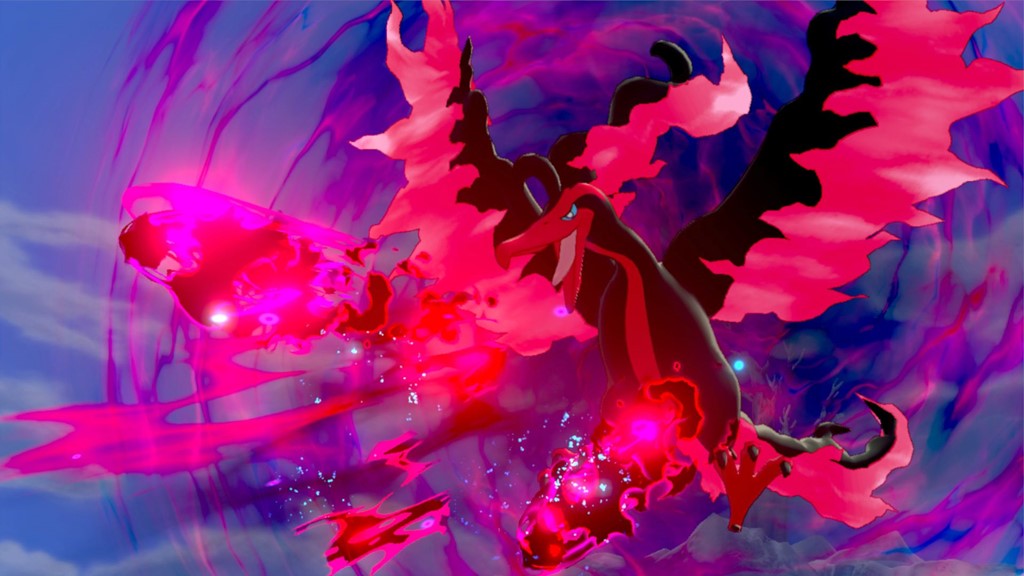
Source: Pokémon Sword and Shield (2019), Nintendo, The Pokemon Company
Along with Let’s Go and Sword and Shield showing Pokémon in the overworld, the latter’s Isle of Armor DLC saw the Legendary Birds require unique mechanics to capture.
Articuno made illusionary copies, Zapdos ran like hell and needed to be chased down on your bike, and you had to work out Moltres’ route to intercept its path.
Legends also has several wild Pokémon react in unique ways. Aside from wild Pokémon sleeping, Blissey will run up to players if they are hurt, Nosepass try to face north, and if a Teddiursa cries out, you can bet mama Ursaring will come running.

Source: Pokémon Scarlet and Violet (2022), Nintendo
Thanks to the rich lore of each and every Pokémon, it’s not hard to imagine simple ways in which the world and the Pokémon in it could feel more complex and alive.
Pokémon with natural rivalries such as Zangoose and Seviper or other Pokémon with “territorial disputes” could result in you stumbling across a fight, giving players the choice of when to hop in, if at all.
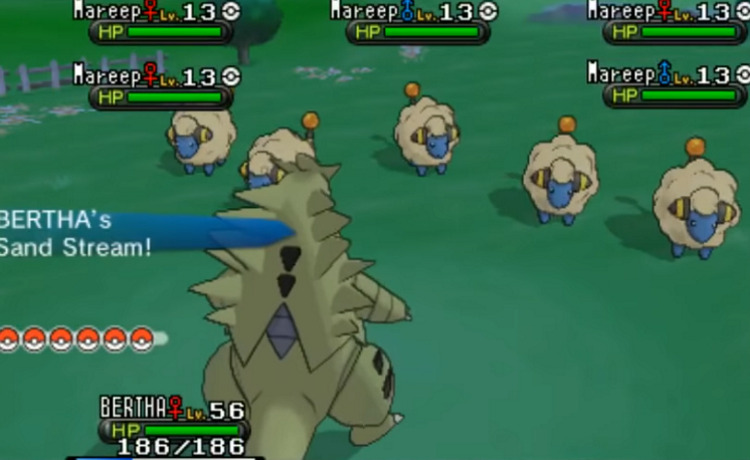
Source: Pokémon X and Y (2013), Nintendo, The Pokémon Company
Much like Sun and Moon’s horde battles, some wild Pokémon could hang around in packs and fight together. Others could bound into a battle mid-fight to protect others of its kind, exploit a weakened foe, or simply to quell the the fighting that drew it out to protect its territory.
The moves Pokémon use to attack trainers could thus be expanded upon to obstruct them, rather than just hurt them – sticky webs and goo to slow them down, strong gusts to push them back, dazzling lights to obscure their vision.
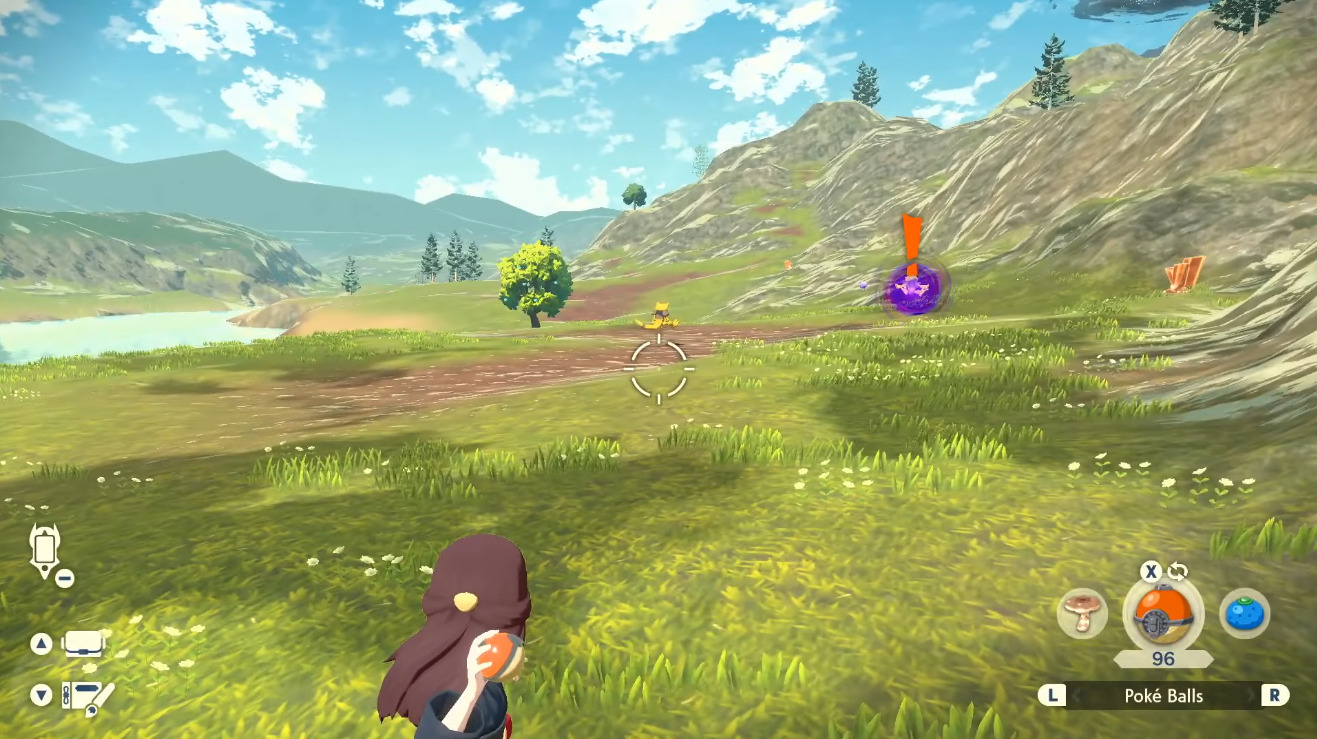
Source: Pokémon Scarlet and Violet (2022), Nintendo
That’s not even considering the ways in which players could deal with the unique movement styles of some Pokémon, such as those who dig underground or hide in the shadows.
Be it items or the moves of their own Pokémon, players could trap species prone to running away or illuminate a dark room to reveal its Ghost-type inhabitants.

Source: Pokémon Legends: Arceus (2022), Nintendo, The Pokémon Company
I also think specialist Pokéballs, a staple of the series since Gold and Silver which are more effective in catching Pokémon when used in specific conditions, could have expanded functions in both action-stealth and battle.
Heavy Balls already catch heavy Pokémon or are more effective in stealth, so why not have Dusk Balls not only work better in the dark, but illuminate the dark to dazzle wild Pokémon as they’re thrown? Maybe Nest Balls – designed for weaker Pokémon – are on a time-delay, releasing a sweet scent to lure in nearby wild Pokemon before snapping shut on its main target.
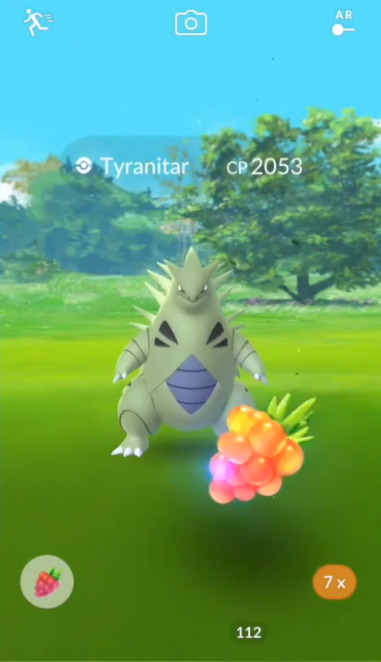
Source: Pokémon Go (2016), Niantic
Pokémon Go also featured berries that granted more candy when a Pokémon was caught. If berries can also already be used to make a Pokémon easier to catch, why not have rarer berries or candy that could improve their stats before you nab them?
As some of your Pokémon abilities can alter what wild Pokémon appear, having a following Pokémon could also affect who will approach or flee. A wild low-level Pokémon may flee from something intimidating, predator could attract prey, mate attracts mate, rival attracts rival – the possibilities are numerous.
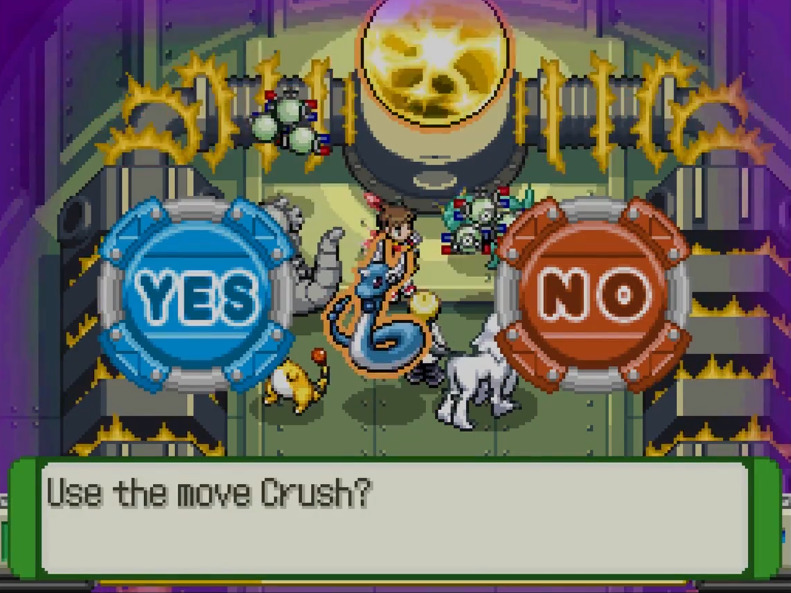
Source: Pokémon Ranger: Shadows of Almia (2008), Nintendo, The Pokémon Company
Pokémon Ranger saw players utilizing your Pokémon to clear more unique hazards than the standard trees and boulders of prior games. As Legends allowed you to shatter rocks and bash trees, why not have instances where a Water-Types needs to extinguish flames, Electric-Types must power up machines, or Flying-Types are required to blow away fog or dangerous spores/
Providing the balance between hunting down wild Pokémon, stealth, and actual battles is just right, elaborating on all of these aspects could easily make the entire practice more memorable.
The better the “story” that unfolds, the less repetitive the action will feel, and there’s no shame in aping Breath of the Wild’s “I never realized that” factor by allowing players the means with which to truly explore the world around them.
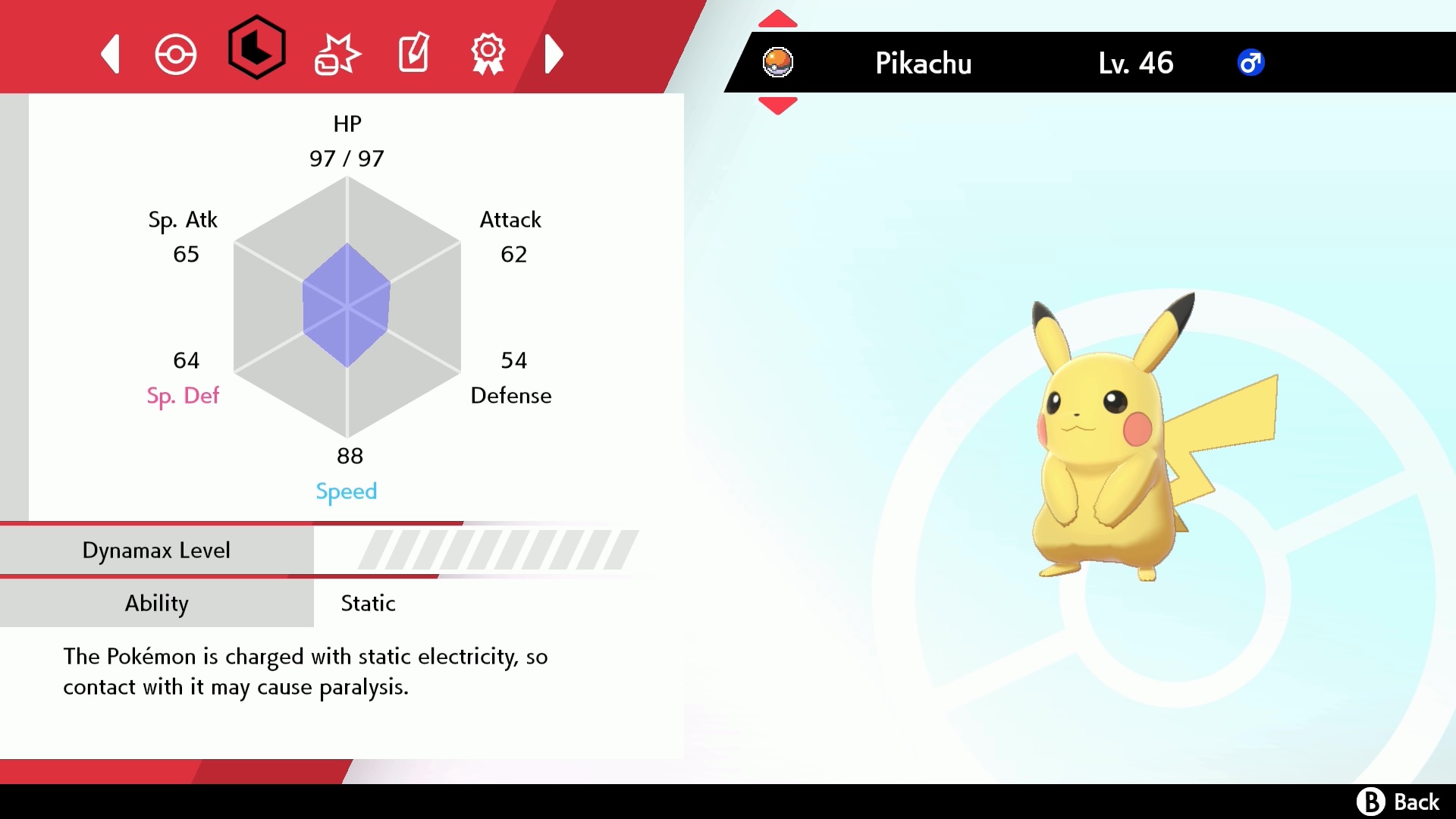
Source: Pokémon Sword and Shield (2019), Nintendo, The Pokémon Company
Training Daze
Past Pokémon games utilized a system of IVs and EVs to determine a Pokémon’s stats. IVs are their genetics, while EVs are earned by fighting certain Pokémon over and over – defeat fast Pokémon to get faster, for example.
While items could be used to alter EVs and IVs could be passed by breeding (along with moves and Natures), the process of making a “perfect” Pokémon could be, to say the least, cumbersome. So much so, in fact, that third party tools and technology have been developed to, in mere moments, “generate” a Pokémon fully trained and tailored according to the game’s limitations.

Source: Pokémon Sun and Moon (2016), Nintendo, The Pokémon Company
Later games fixed some of the issue, mostly in the post-game after players have beaten the Champion. Sun and Moon’s Bottle Caps improved IVs, Sword and Shield’s mints can alter a Pokémon’s nature, and Ruby and Sapphire’s Vitamins, though pricey, increased EVs.
However, fine tuning still required smaller increments of training via traditional methods.

Source: Pokemon Legends: Arceus (2022), Nintendo
Enter Legends, which streamlining the process with “effort levels.” Grit dust, pebbles, and more, all earned via releasing Pokémon you caught or lucky finds in the overworld, can be used to improve a Pokémon’s stats.
It’s a welcome reprieve from breeding and meticulously trying to give a Pokémon just the right number of EVs which is even further simplified by having it so all stats can be maxed out.
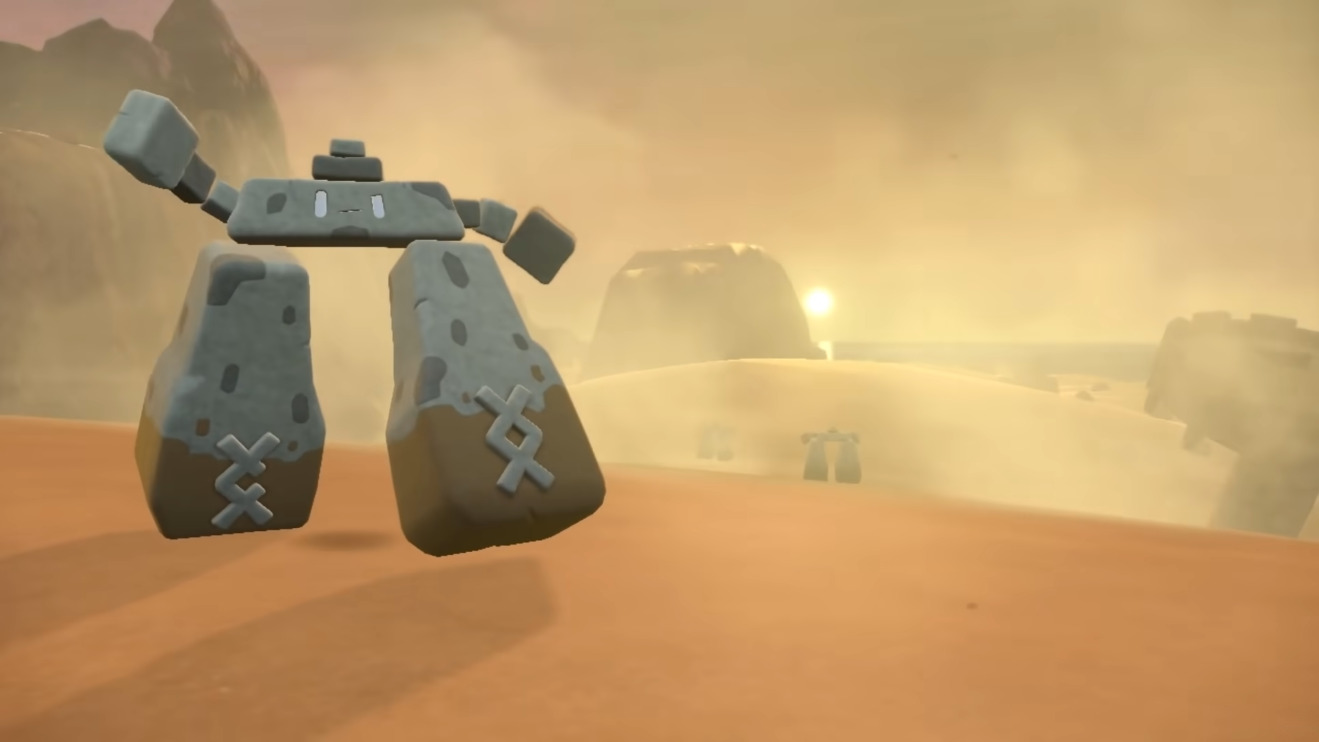
Source: Pokémon Scarlet and Violet (2022), Nintendo
While Legends may have this out of simplicity – they scrapped breeding for example – effort levels should certainly return.
You could be limited to how many levels are shared among the stats akin to the old EV limits, but using items you earned from catching and exploring is a more expedient and fitting method to improving these stats than constantly praying to the RNG gods.
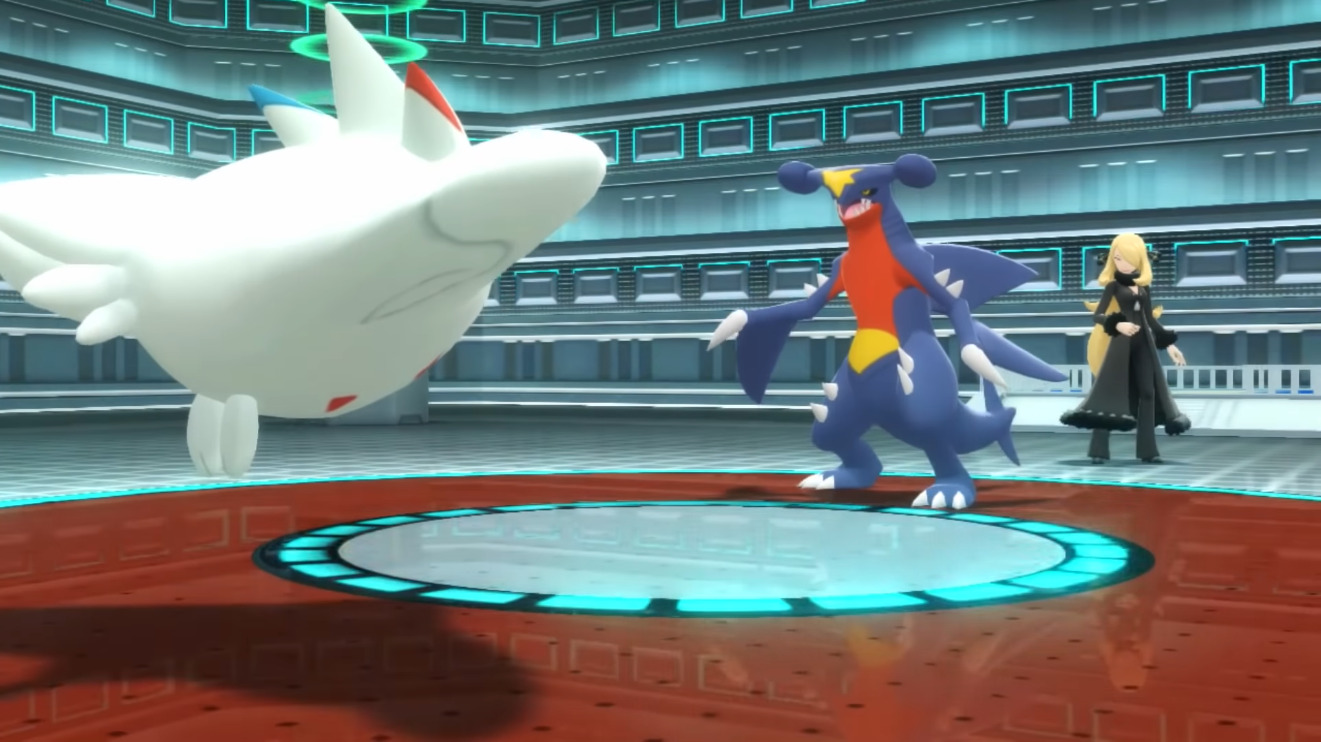
Source: Pokémon Brilliant Diamond and Shining Pearl (2021), Nintendo, The Pokémon Company
Rise to the Challenge
Part of the reason Pokémon games have endured with older fans is its surprisingly tactical battle system. Even within a single species of Pokémon, slight tweaks to stats or move-sets can change how it performs and determine its role in a prospective team.
On top of this, you also have to contend with weather changes, entry hazards, terrain, stat buffs and debuffs, status effects, protecting moves, moves that switch you out while dealing damage, abilities, and so much more.
Official competitions feature the double battle format, which provides even more Pokémon on the field for the player to consider in their strategies.
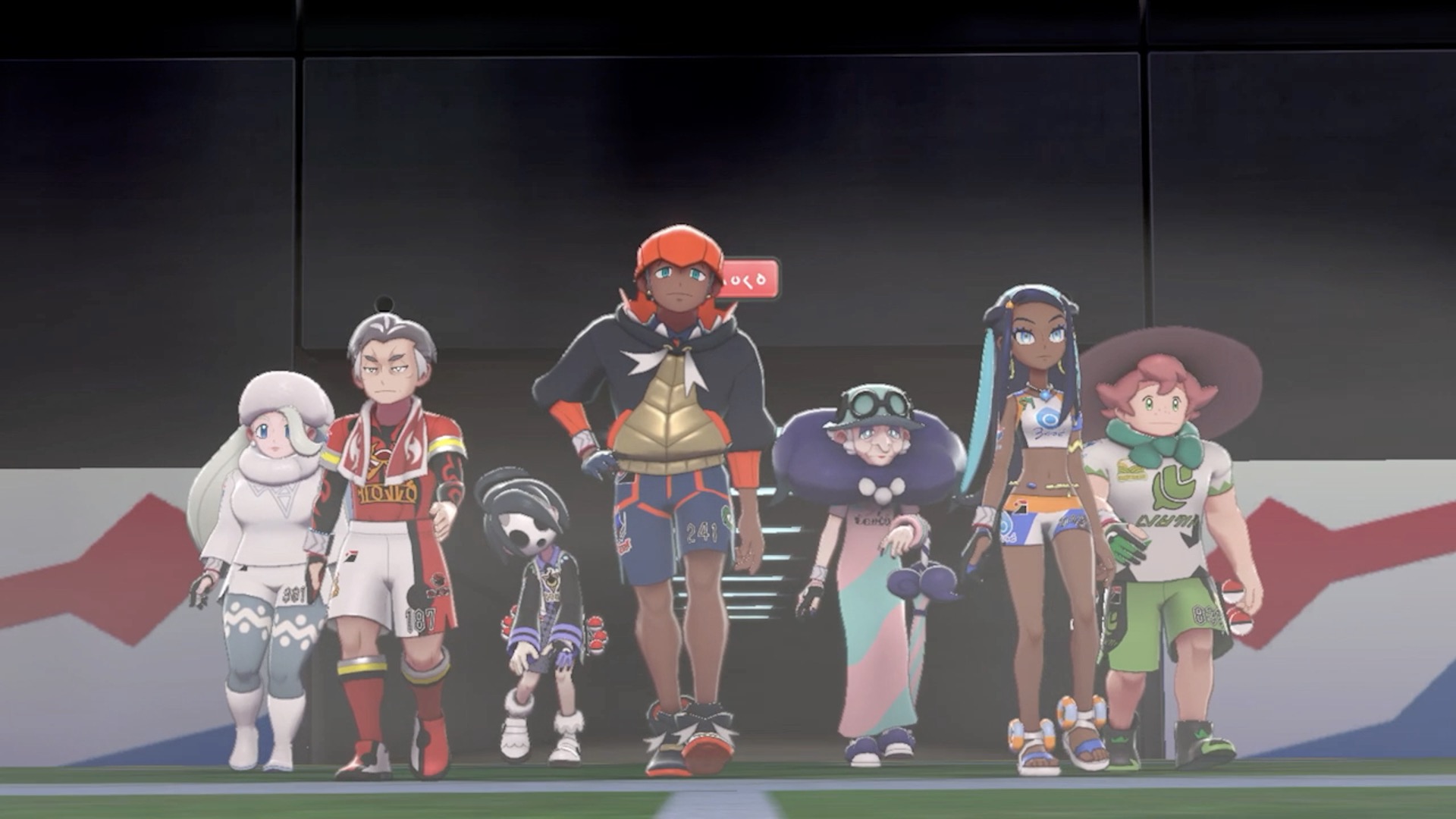
Source: Pokémon Sword and Shield (2019), Nintendo, The Pokémon Company
Yet, a major criticism is how easy the single-player campaigns have become, even in remakes of the original games.
While prior games had major trainers spamming healing potions, they would also tend to have higher level Pokémon with decent stats and moves – a marked difference to the recent trend of underlevelled trainers presenting little challenge even through your visit to a region’s respective Elite Four.
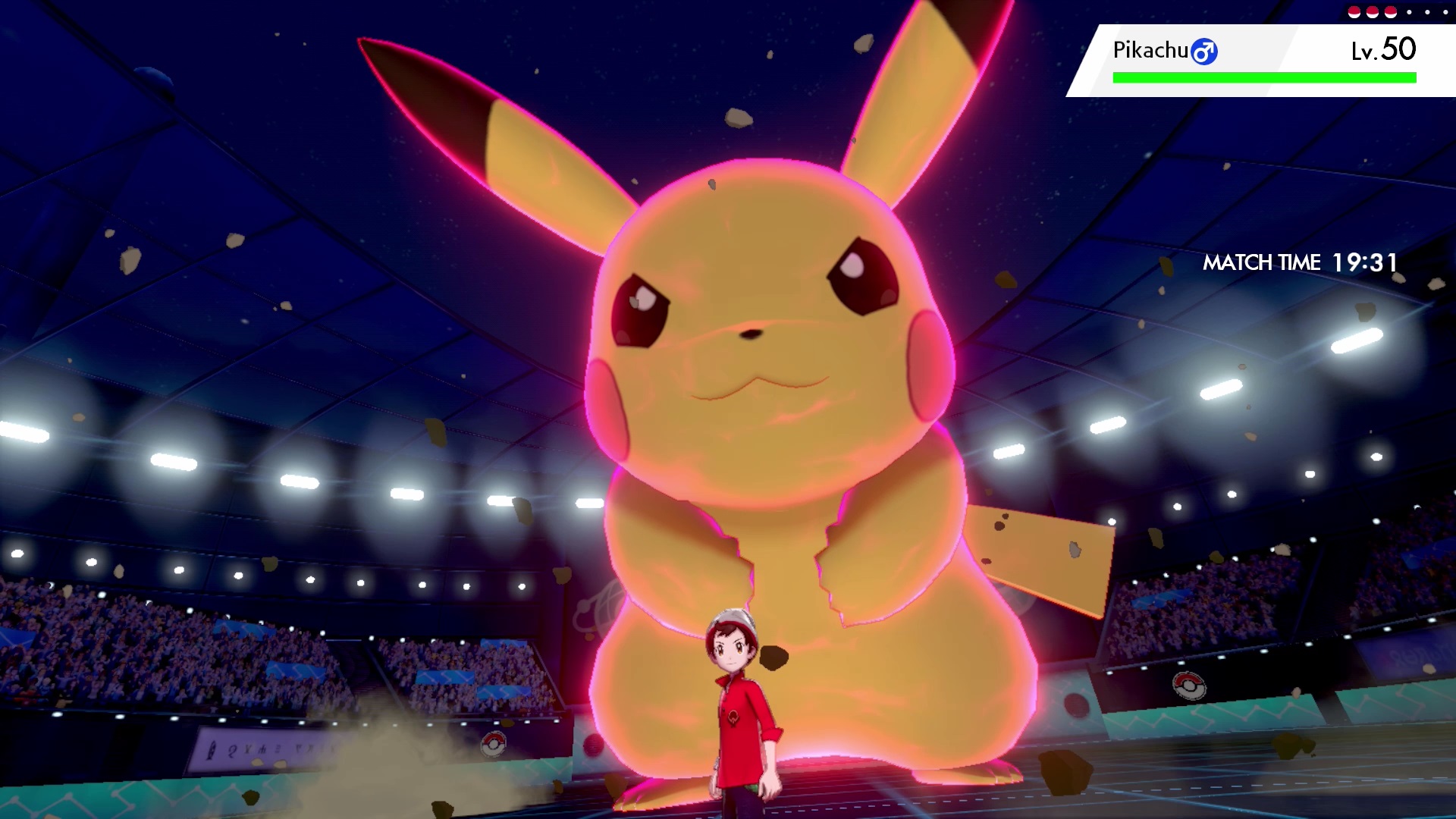
Source: Pokémon Sword and Shield (2019), Nintendo, The Pokémon Company
More modern games have also introduced permanent EXP Sharing.
This mechanic went from an option toggle that allowed players distribute EXP among their whole party and avoid grinding to a forced effect that guarantees over-leveling if you do anything but beeline the main story.
A mechanic intended to keep phone-addicted kids playing ensures only they could love it.

Source: Pokémon Colosseum (2004), Nintendo, The Pokémon Company
Even then, you only tend to see higher stats and half an attempt at strategy in the post-game. This is a sham compared to the Colosseum spin-offs, which saw the AI using even basic strategies and tactics – taking advantage of how moves, abilities, and Types interact – from its first boss.
Aside from post-game challenges, players rarely get to take on a task before they are ready for an extra challenge. Alphas in Legends are way above the level curve and can be challenged at any time, while Sun and Moon’s Totem Pokémon started the battle with stat boosts.
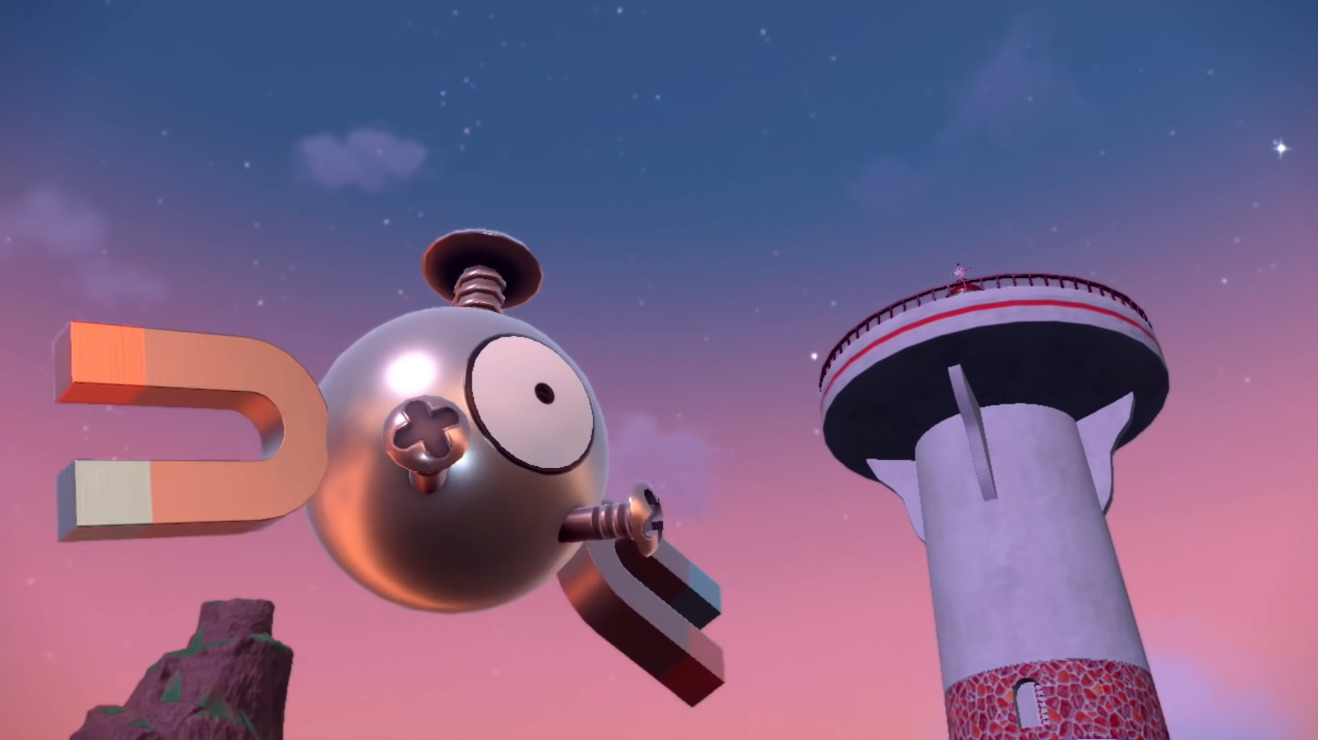
Source: Pokémon Scarlet and Violet (2022), Nintendo
What’s more, in Sword and Shield, play ers were granted the ability to access their PC Box at any time, even on the field. While a band-aid to the over-leveling issue (with the unfortunate side-effect of making you less attached to individual Pokémon as your army swelled), it also means if you were running low on health, you could switch to a B-team and beyond.
Not that the over-abundance of cash didn’t hinder you from buying a huge supply of health potions by the late game.
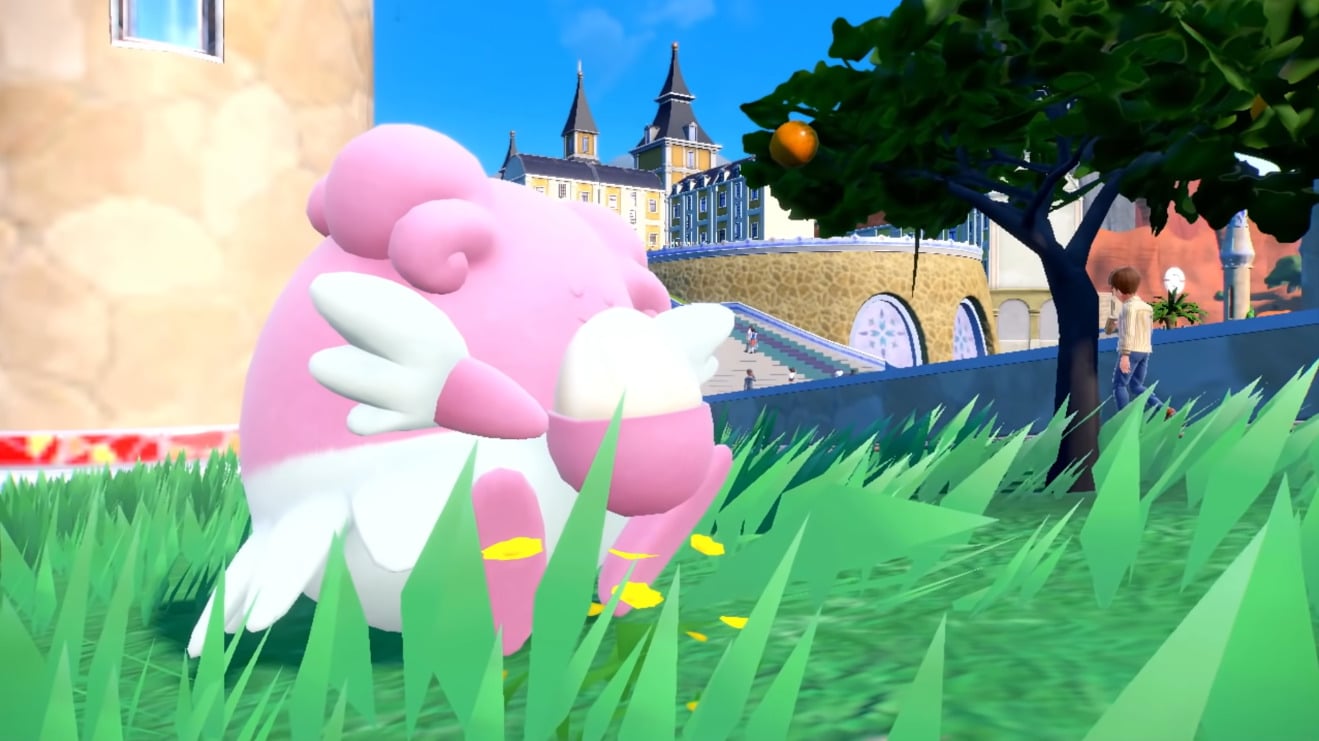
Source: Pokémon Scarlet and Violet (2022), Nintendo
Unsurprisingly, my recommendation would be to both make the EXP sharing optional and slash how much EXP players get, especially as games push them to catch and battle far more often than before.
Over-leveling should be a conscious choice and the result of an effort made by the player, not something a casual player could accidentally stumble into.
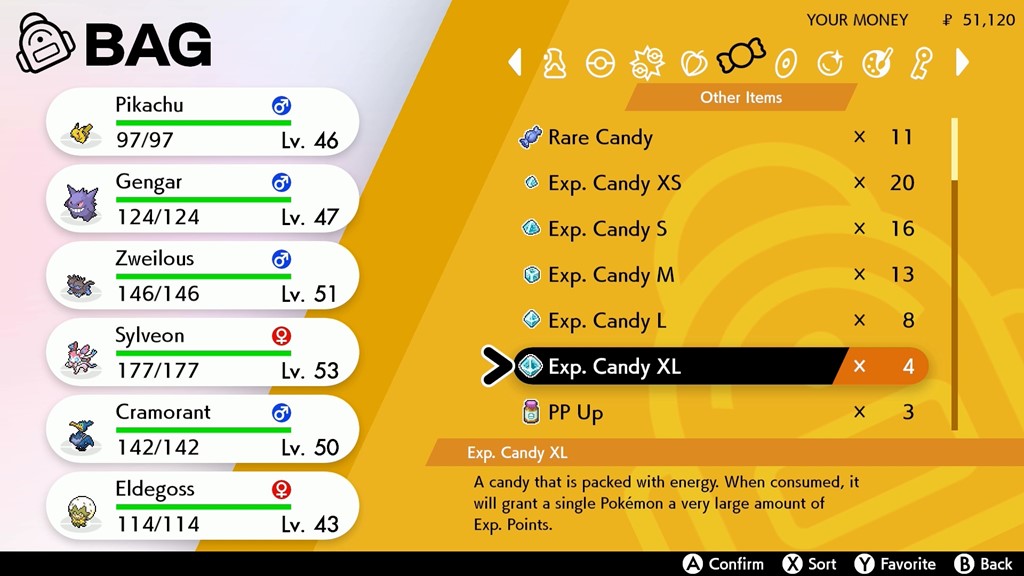
Source: Pokémon Sword and Shield (2019), Nintendo, The Pokémon Company
As the games have already utilized XP Candy, those who wish to over-level quickly have the option of either seeking out these treats or bearing down on wild Pokémon, fulfilling those Research Missions while they’re at it.
Pokémon Colosseum should also be seen as the series standard for difficulty, and not just because its bosses can use advance strategies (and sometimes engage in double battles).
While most trainer classes have predictable Pokémon- Hikers usually using Rock-Types for examples – you could almost never predict what trainers in this series would use from their design alone.
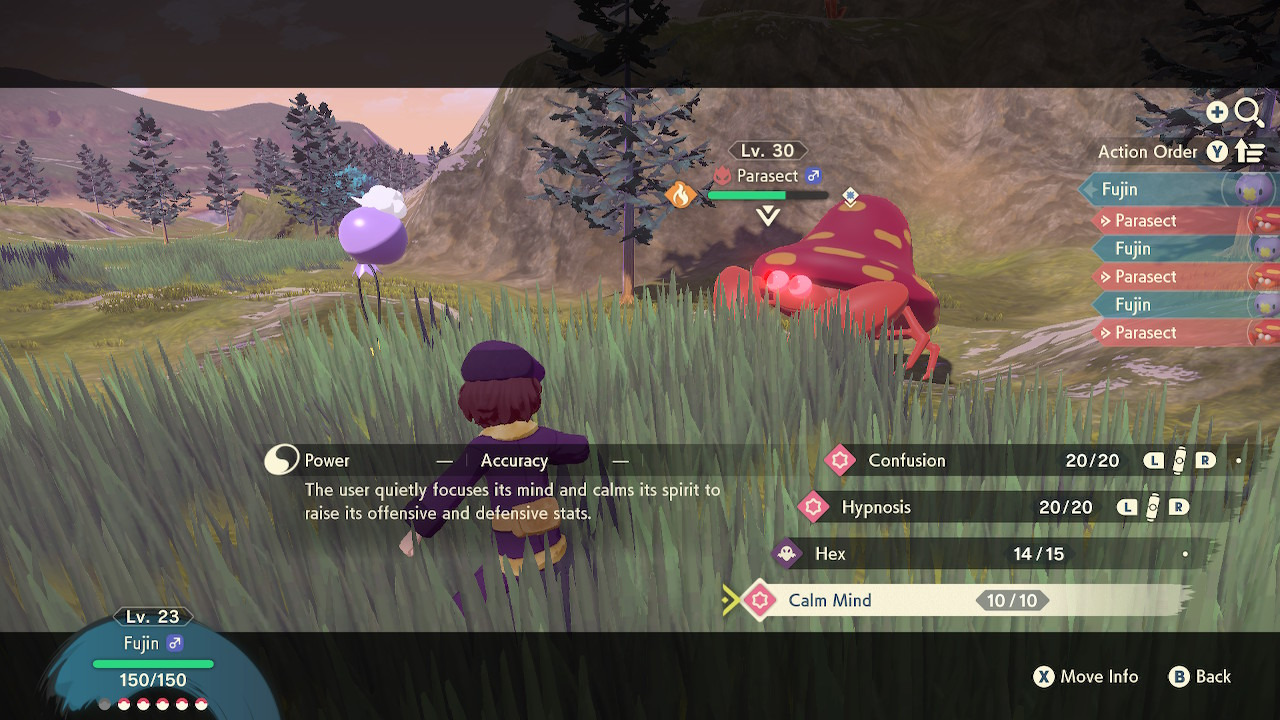
Source: Pokemon Legends: Arceus (2022), Nintendo
A few Wild Pokémon above the level-curve should also be allowed for those who want to take them on early, or revisit later. Perhaps the ability to use your PC Box remotely on a route should be unlocked by taking down a boss Pokémon who made the local wi-fi tower its nest.
This would also reinforce the idea that traveling on routes is a matter of survival and require you to make sure you have enough supplies and a well trained party before undertaking the journey.
However, falling shy of jacking up the price of healing items, forcing in “stamina,” and creating excessively long routes with aggressive Pokémon, I admit to being a bit undercut for ideas in this area.
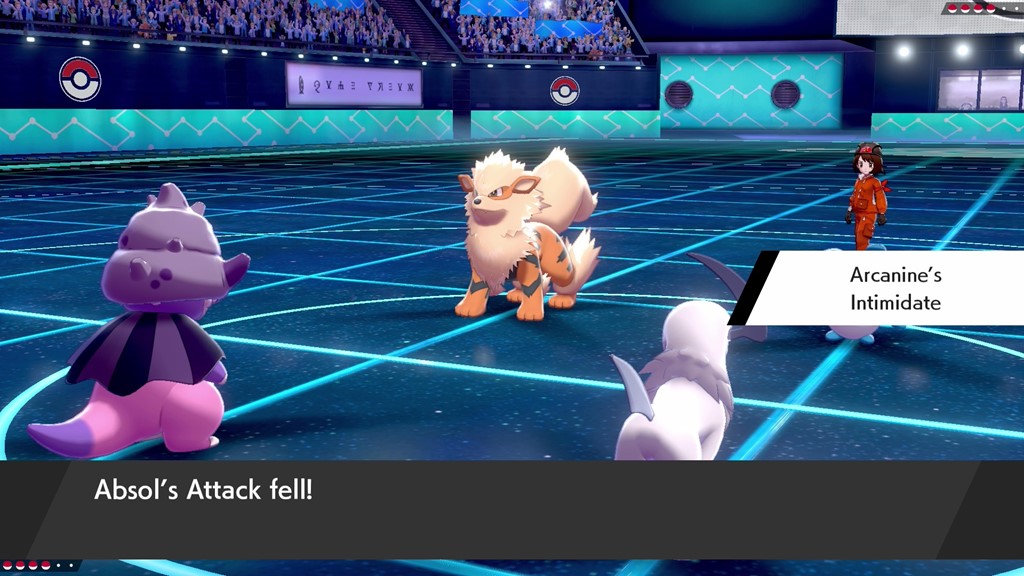
Source: Pokémon Sword and Shield (2019), Nintendo, The Pokémon Company
Somewhat going against my own rules, I have wondered if single-player trainer battles should better reflect the online multiplayer. Namely, enforce the set rule that players can’t switch Pokémon when their opponent does and perhaps even forbid the use of healing items mid-battle aside from what a Pokémon is holding when it enters the arena.
I fully appreciate this would undermine the game for younger children, but it would make healing potions a resource actually necessary for pushing further down challenging routes between cities.
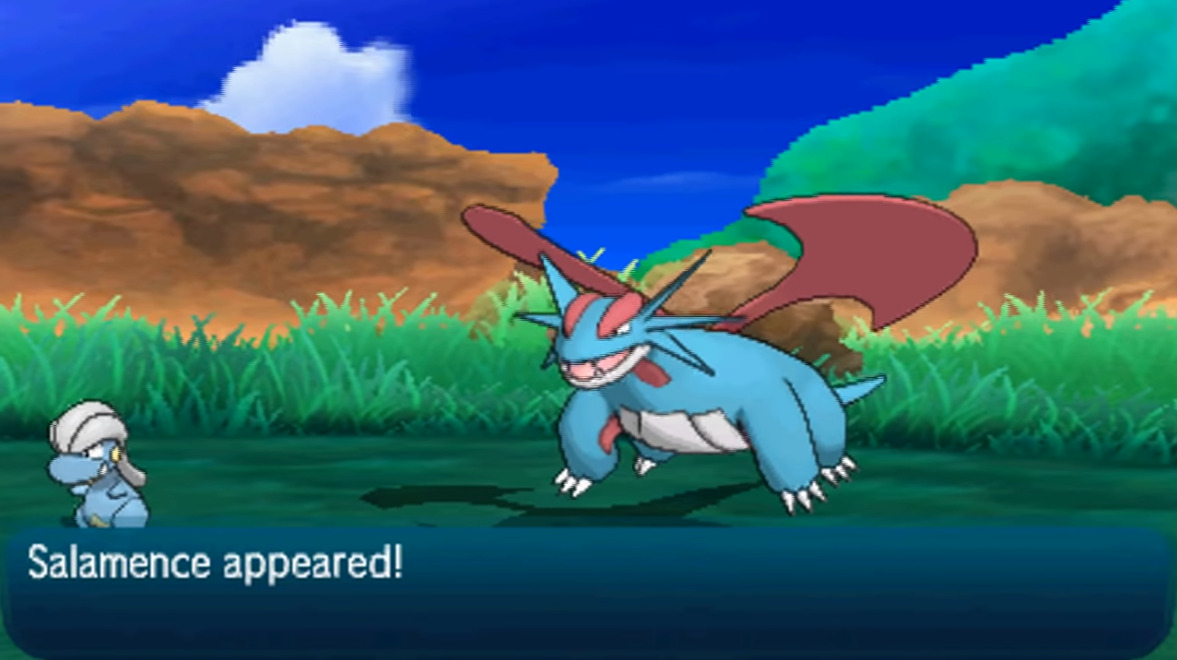
Source: Pokémon Sun and Moon (2016), Nintendo, The Pokémon Company
Likewise, the use of items and other mechanics could be “permitted” in wild battles, giving these random encounters an entirely different feel. This could be balanced out by wild Pokémon, much deciding to bolt if the odds are stacked too much against them.
Essentially, let players get into trouble and present them with decent challenges, both optional and required. It’s a lot more fun than hand-holding.
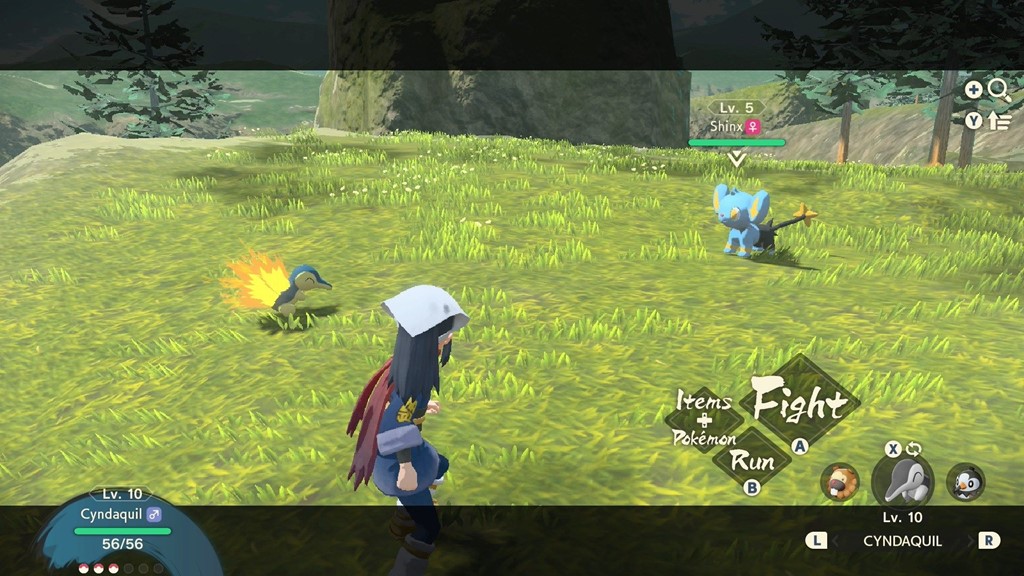
Source: Pokémon Legends: Arceus (2022), Nintendo, The Pokémon Company
Rules of Engagement
Legends: Arceus pulled in a few other tricks for battles as well. While the total movepool of each Pokémon was only a fraction of what they would usually have access to, stat buffs and debuffs, status effects, and even turn-ordering were changed for the spin-off title.
Such alterations included stat changes no longer being present for the whole fight and mid-battle boosts to a Pokémon’s stats often affording a win condition, particularly as counter-plays to these increases required players to use the few moves available to either switch out their opponent, remove the buff, or prevent the move from being used in the first place.
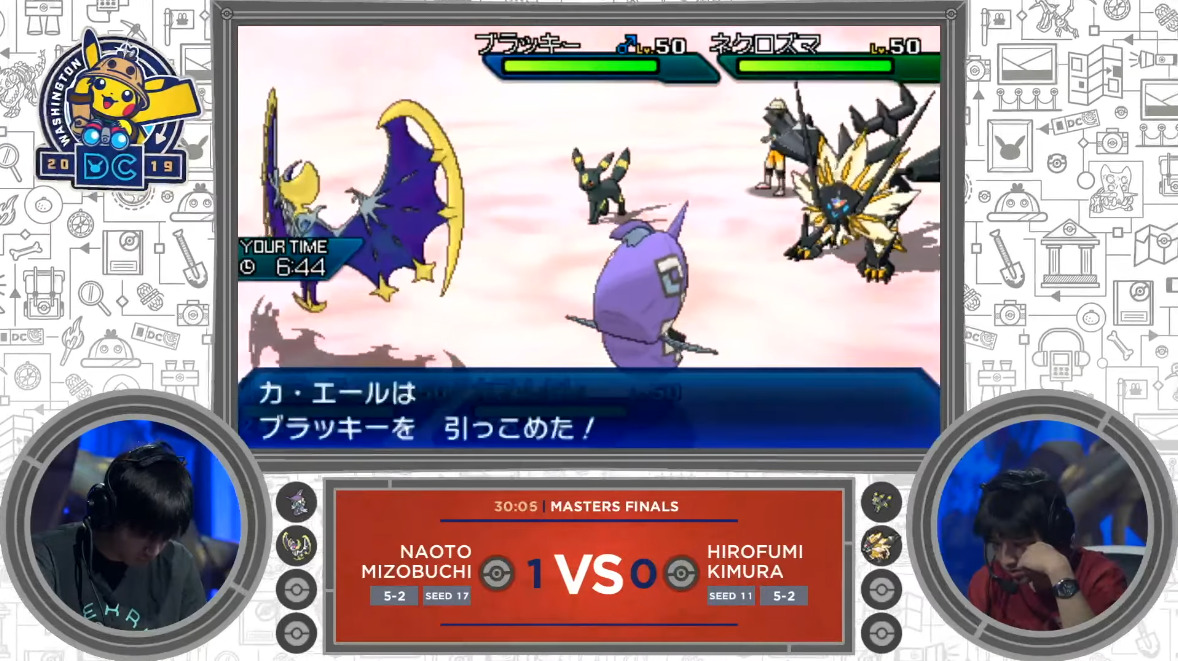
Source: 2019 Pokémon World Championships: VGC Masters Division Finals, The Official Pokémon YouTube channel, YouTube
Admittedly, competitive Pokémon usually lasts so few turns that even a buff or debuff lasting just a few turns could encompass an entire match.
Another double-edged change was that faster Pokémon could act twice in a row, with ‘agile’ and ‘strong’ attack styles allowing a move to be executed weaker for more turns or stronger in exchange for less, respectively.

Source: Pokémon Legends: Arceus (2022), Nintendo, The Pokémon Company
The downside to this was a Pokémon could often two-shot you before you had a chance to act or even just instantly blast your partner into oblivion upon its entry into the field.
On an overall positive, Sleep and Frozen were culled for Snooze and Frostbite, thus no longer locking players out of acting when conditions became too chilly.

Source: Pokémon Scarlet and Violet (2022), Nintendo
Each of these changes could use some fine tweaking to make them fit in mainline Pokémon. First, players should continue being able to pick their actions at the start of the turn, even if any Pokémon can act multiple times.
If players can handle calculating double battles, this shouldn’t be too complex to consider.
Nonetheless, the idea of fast Pokémon being able to buff themselves before a big attack or perform two attacks is troubling.
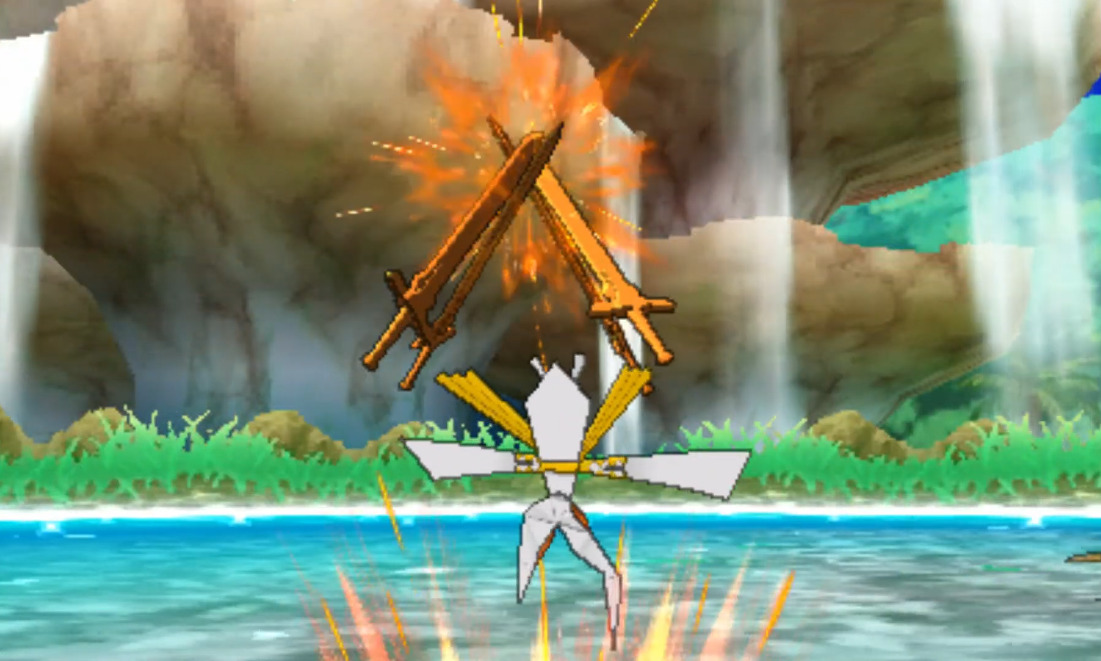
Source: Pokémon Sun and Moon (2016), Nintendo, The Pokémon Company
Perhaps fast Pokémon need a dramatic slash in their offensive stats or move strength in exchange for acting more than once in a turn.
Maybe stat-boosting moves should instantly require an immediate cooldown period, preventing a particular Pokémon from taking any further actions in the same turn.
Pokémon could also lose their subsequent actions if they knock out an opponent and no one else is currently on the field.

Source: Pokémon Legends: Arceus (2022), Nintendo
Though I fully admit keeping the current battle system wouldn’t be a disaster, as the recent changes to how stat boosts (if we keep the separate physical and special categories) and effects work are overall welcome ones, I can’t shake the feeling that Legends: Arceus’ changes to the series’ turn-order mechanic may end up causing more trouble than they’re worth.
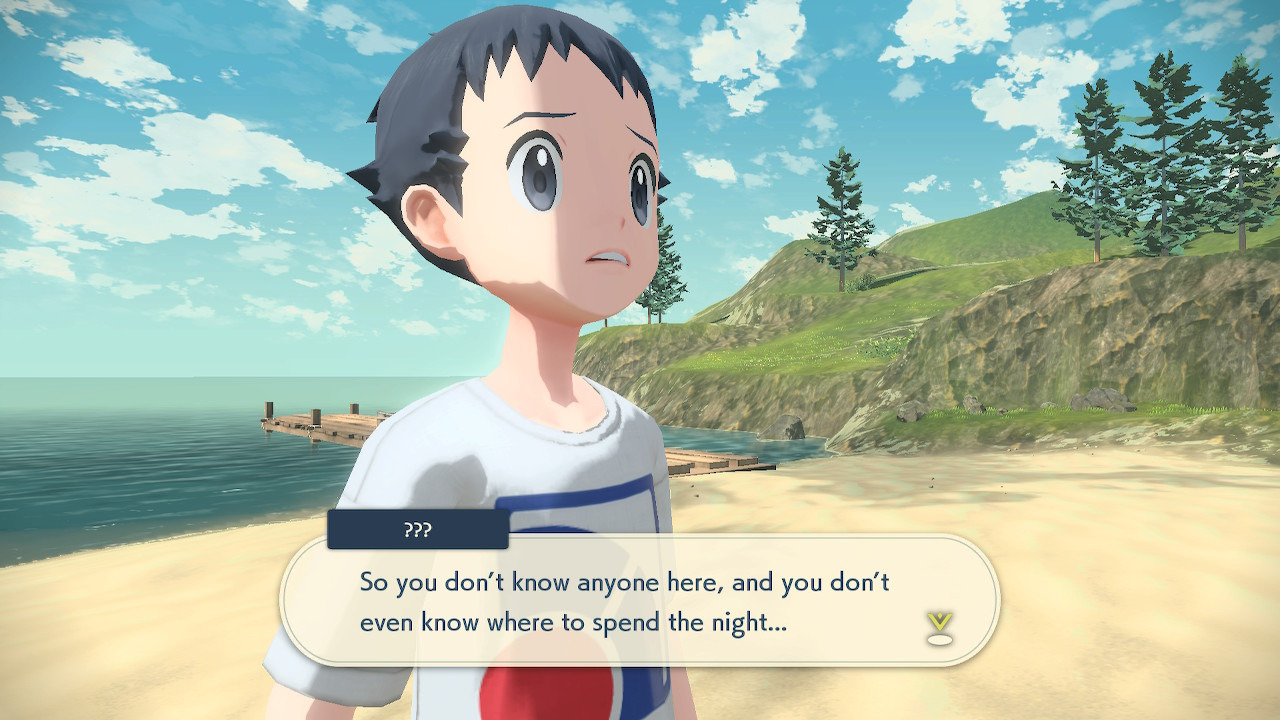
Source: Pokémon Legends: Arceus (2022), Nintendo
Why Be The Very Best, Like No One Ever Was?
That prior sentence is the biggest condemnation of this whole editorial – “more trouble than it’s worth.” I’d wager Legends’ entire ethos of being an open-world Pokémon game was an attempt to cater to some fan proposals whilst simultaneously drowning out the ever-growing criticisms of the series’ standard gameplay.
A lot of the changes I’ve proposed would require more experimentation. Thus, their development would not only demand a greater budget – the very thing that likely would have stopped Game Freak from falling into a rut – but also run the risk of being so dramatic that it ends up alienating part of their very large fan base.

Source: 100 EPIC SHINY POKEMON REACTIONS! Pokemon Sword and Shield Shiny Montage, aDrive, YouTube
Let’s take shiny hunting as an example. Nearly every time I’ve dropped a Pokémon game, it’s because I found myself endlessly soft-resetting encounters with an appears-only-once Legendary Pokémon just so its texture was different. It’s maddening and devoid of challenge or fun that remains a prominent part of each entry’s endgame.
Yet, shiny Pokémon hunting is a beloved part for some players. The howls of delight in far too many YouTube videos may be out of relief, but those players clearly want to do that part of the game, right?
To them, the dopamine hit is worth enduring the tedious nuances of catching shinies.
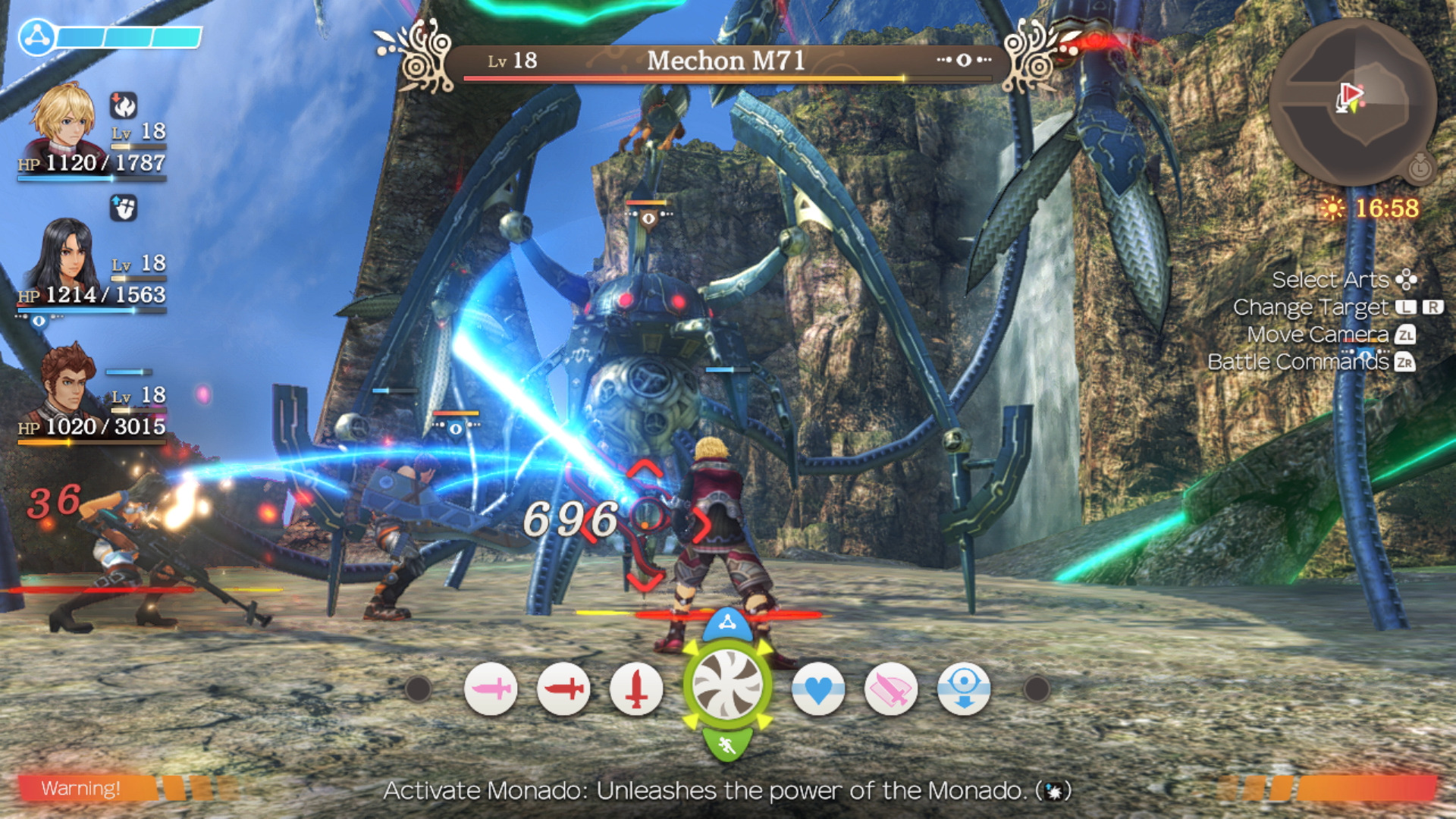
Source: Xenoblade Chronicles: Definitive Edition (2020), Nintendo
But what about those fans who want more out of their adventures?
While I am confident in what I proposed would be a much needed shot in the arm for mainline Pokémon, the question of whether Pokémon fans need or even want to be saved remains.
There’s no shortage of better RPGs available to them if they want, but if its nostalgia that helps them get their enjoyment, Pokémon’s somewhat stagnant nature surely provides that.

Source: Pokémon Unite (2021), The Pokémon Company
Arguably there has been exploitation of this. Pokémon Unite is utterly condemned by Metacritic user reviews as a pay-to-win title and Pokémon Home asks $16 a year (at the premium tier) for the Global Trade Service that used to be in the mainline games.
What’s more, Pokémon Home almost acts as a hostel for your Pokémon until they are permitted to appear in the next game, and to that end, Gen 9 is set to break hearts again. The comparisons between Pokémon Home and the free-to-use Google Drive may be maligned, but when Pokémon are only a few hundred bytes in size, it’s hard to argue in Nintendo’s defense.
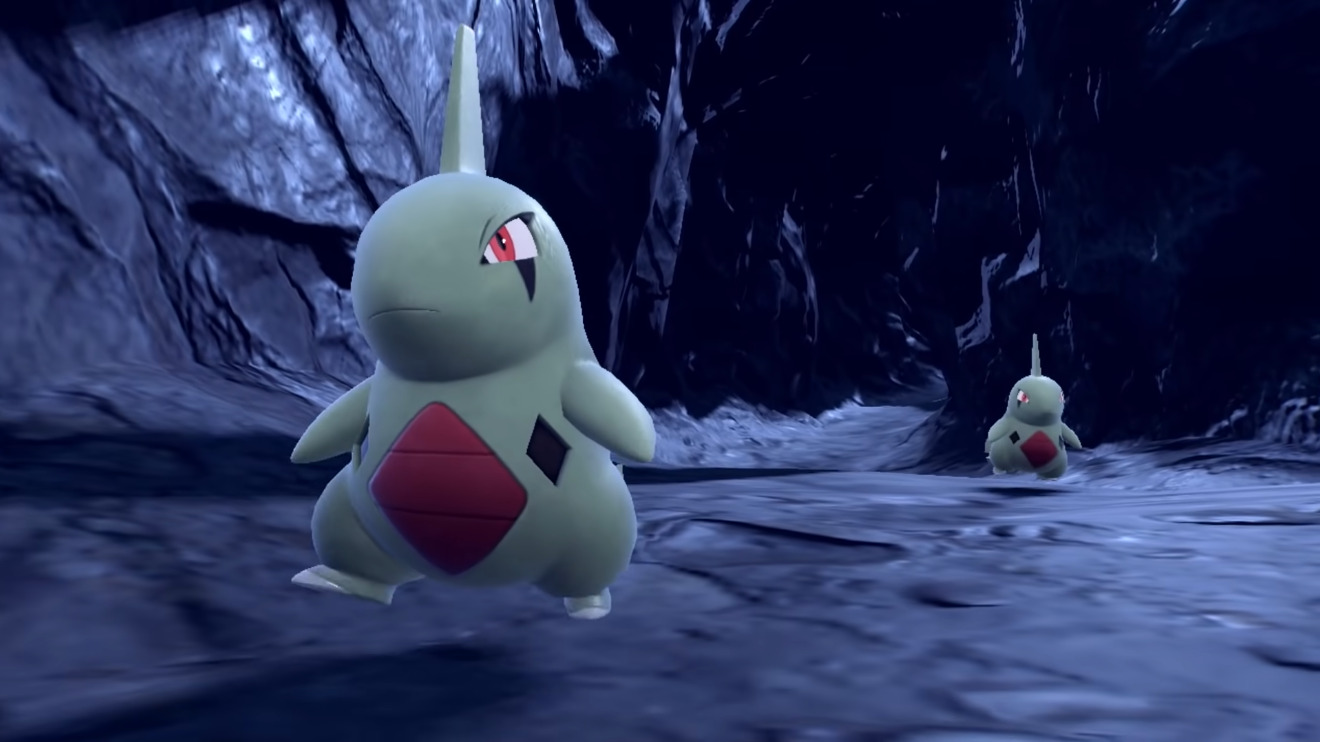
Source: Pokémon Scarlet and Violet (2022), Nintendo
The Pokémon Company and Game Freak have a clear choice.
They can either carry on as normal, making mad bank while enduring the rants of old fans and the slow filtering in of new ones, or experiment, as we’ve seen them do to a warm reception in Legends: Arceus and early footage of Scarlet and Violet.

Source: Pokémon Scarlet and Pokémon Violet | Announcement Trailer, The Official Pokémon YouTube channel, YouTube
We can only hope they can learn from their catalog of past games and go for the latter.
Do the mainline Pokémon games need to be changed? Do Pokémon fans need to be saved from themselves? What changes will The Pokémon Company and Game Freak make, if any? Let us know your thoughts on social media or in the comments down below!
NEXT: Pokémon Legends: Arceus Review: What’s Old Is New Again
More About:Video Games
